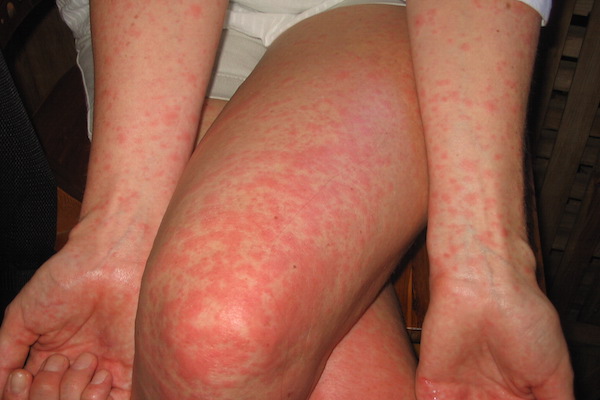Seroprevalence of typhus fever at the Kality Prison, Addis Ababa, Ethiopia
Abstract
Background: Peoples living in crowded situations like refugee camps and prisons are highly vulnerable to louse-born typhus infection. The information on the prevalence of louse-borne typhus among prisoners in Ethiopia is limited. Hence, the aim of this study was to determine the prevalence of typhus among prisoners at the Kality Prison, Addis Ababa, Ethiopia.
Methods: A five year retrospective study was conducted from February to March 2014. A total of 6104 typhus fever suspected prisoners tested for typhus at the Kality Prison Hospital from 2008 to 2012 were included. Data on the seroprevalence of typhus were abstracted from Kality Prison Laboratory. Data were entered and analyzed using SPSS 20 statistical software. Descriptive statistics and Chi-square were computed. In all cases p-values less than 0.05 was taken as statistically significant.
Results: The overall prevalence of typhus fever infection was 26.3%. The prevalence of typhus fever infection was found to be higher among prisoners within the age group of 41-50 years (36.9%) and also among male patients (27.3%). The prevalence of typhus fever infection was higher by the year 2009 (40.7%) and overall in the five-year period the summer (31.8%) and fall (30%) seasons showed higher seroprevalence of typhus.
Conclusions: The prevalence of typhus fever infection at Kality prison was high. This high prevalence could be a possible risk for epidemic typhus fever infection within the prison and for the nearby population. Therefore, targeted public health intervention could be important in this high risk population.

Downloads
Published
Issue
Section
License
Copyright The Author(s) 2017. This article is published with open access by BioMedPress. This article is distributed under the terms of the Creative Commons Attribution License (CC-BY 4.0) which permits any use, distribution, and reproduction in any medium, provided the original author(s) and the source are credited.
